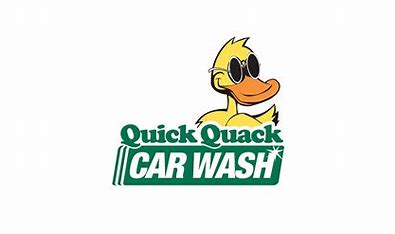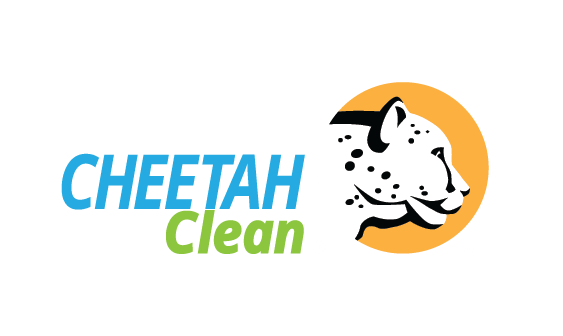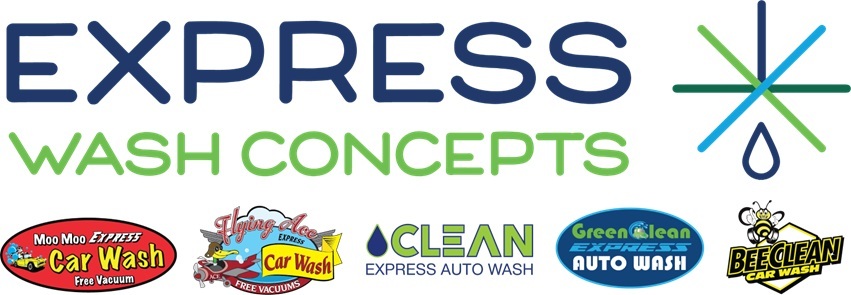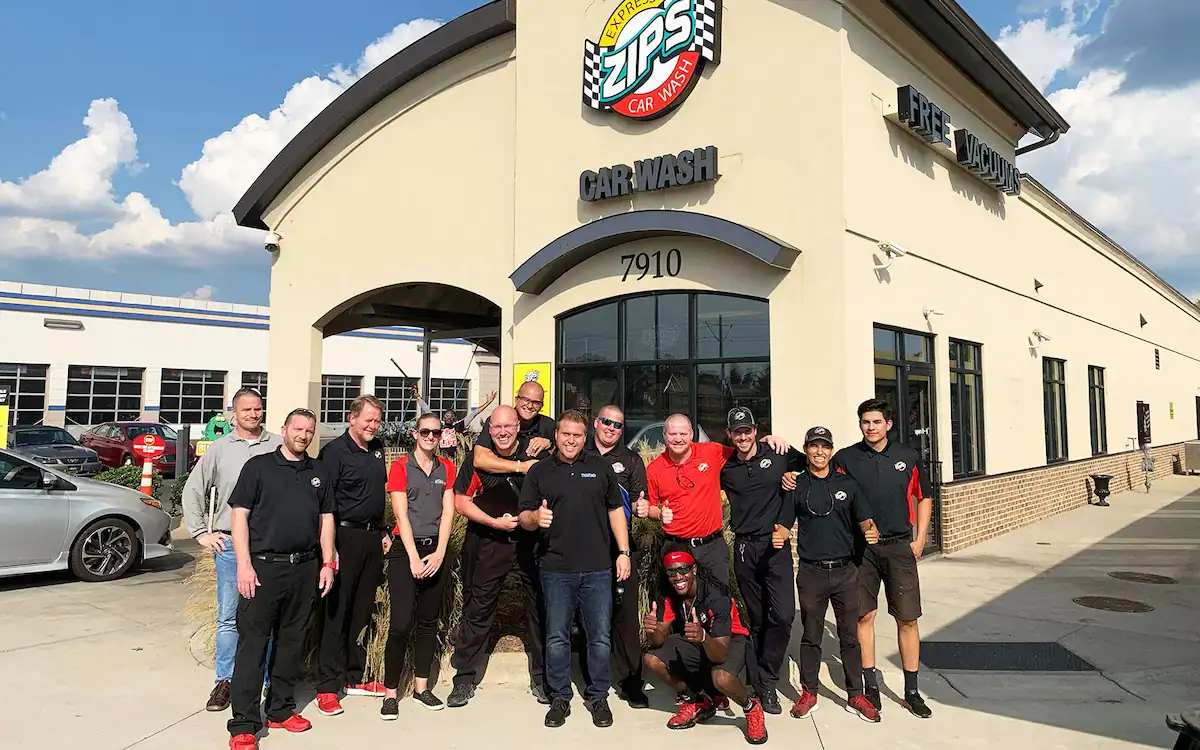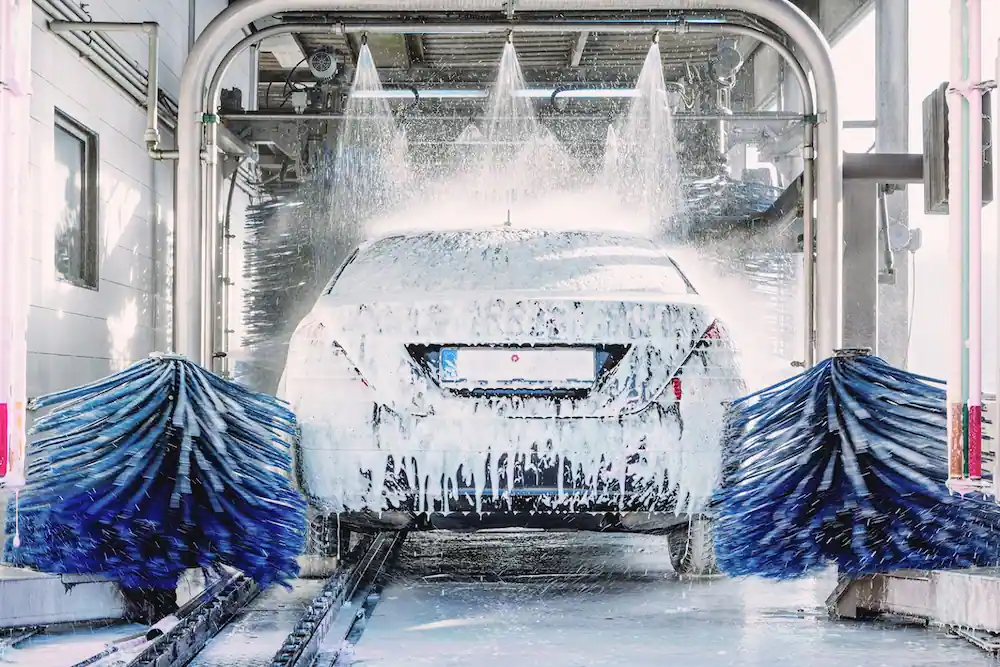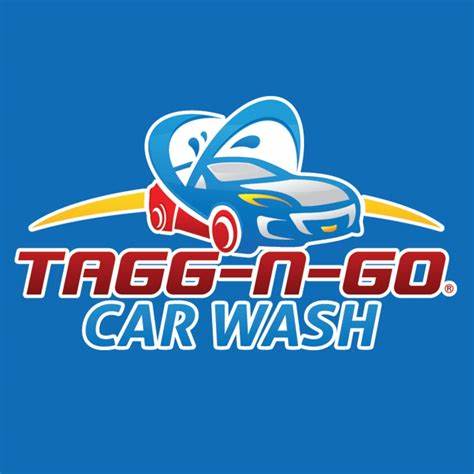Staff Report
Car wash pits capture the dirt, debris, oil, and grime that come off vehicles during the wash process. Without proper maintenance, these pits can quickly become clogged, leading to a host of problems.
To keep car washes running smoothly and avoid costly downtime, it’s crucial to stay on top of pit cleaning.
Wind River Environmental shares three essential car wash pit cleaning tips to help you maintain a clean, efficient, and compliant operation.
1. Set a Regular Cleaning Schedule
It’s tempting to adopt a “clean as needed” approach, but waiting until you notice problems can lead to bigger issues like backups or malfunctions. By cleaning your pit on a consistent basis, you can avoid these problems and ensure the longevity of your equipment.
Car wash pits are designed to capture dirt, sludge, oils, and other contaminants, so they naturally accumulate large amounts of waste over time. If left uncleaned, this buildup can cause blockages in the drainage system, resulting in water backups that could shut down your operation temporarily.
How often should you clean your car wash pit?
- For high-volume car washes, pits should ideally be cleaned every 3 to 6 months.
- Low to moderate-volume car washes can often stretch this out to once a year, but you should always monitor the level of waste in your pit to determine whether more frequent cleanings are necessary.
2. Use Professional Services for Thorough Cleaning
Car wash pits contain a variety of waste materials that can be hazardous, including oil, grease, chemicals, and other contaminants. Handling these materials requires proper equipment and disposal methods, both for safety and for compliance with environmental regulations.
Professional pit cleaning services use specialized equipment, such as vacuum trucks, to quickly and effectively remove sludge, debris, and contaminated water from the pits. These professionals are trained to handle hazardous materials safely, ensuring that your car wash remains compliant with local, state, and federal regulations regarding wastewater disposal.
Additionally, professionals can inspect your pit during the cleaning process. They may spot potential issues, such as cracks or leaks in the pit structure or blockages in the drainage system, that you wouldn’t notice on your own. Catching these issues early can save you from costly repairs or prolonged downtime in the future.
3. Dispose of Waste Properly and Comply with Regulations
One of the most critical aspects of car wash pit cleaning is making sure you’re disposing of waste materials properly. The sludge that accumulates in your pit contains oil, chemicals, and other pollutants that can be harmful to the environment if not handled correctly.
In most areas, you can’t simply dispose of car wash pit waste in the regular trash or dump it down the drain. You’ll need to work with licensed waste disposal companies to ensure that all waste is handled according to environmental regulations. These companies are equipped to safely transport and dispose of non-hazardous materials, ensuring that they are processed in an environmentally friendly manner.



